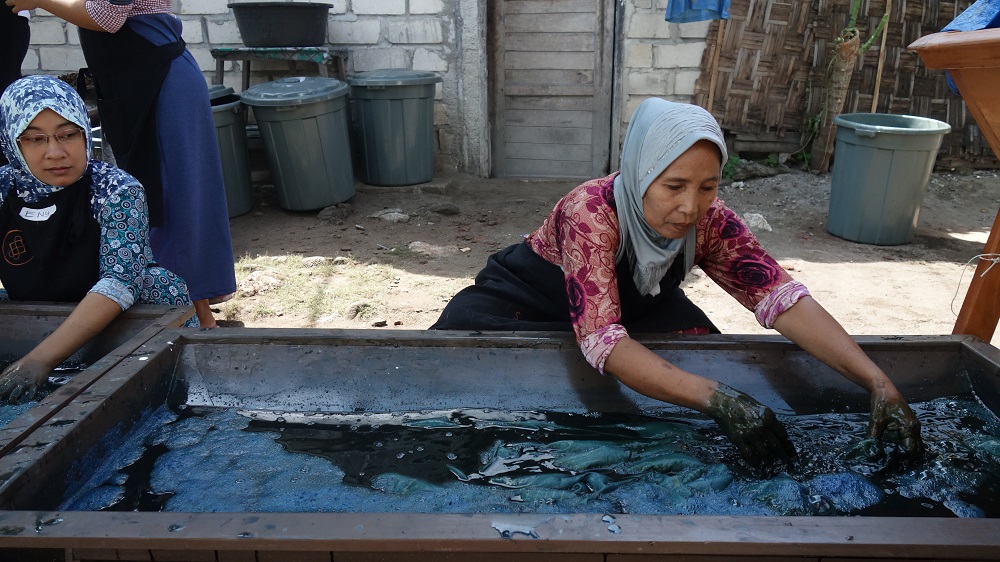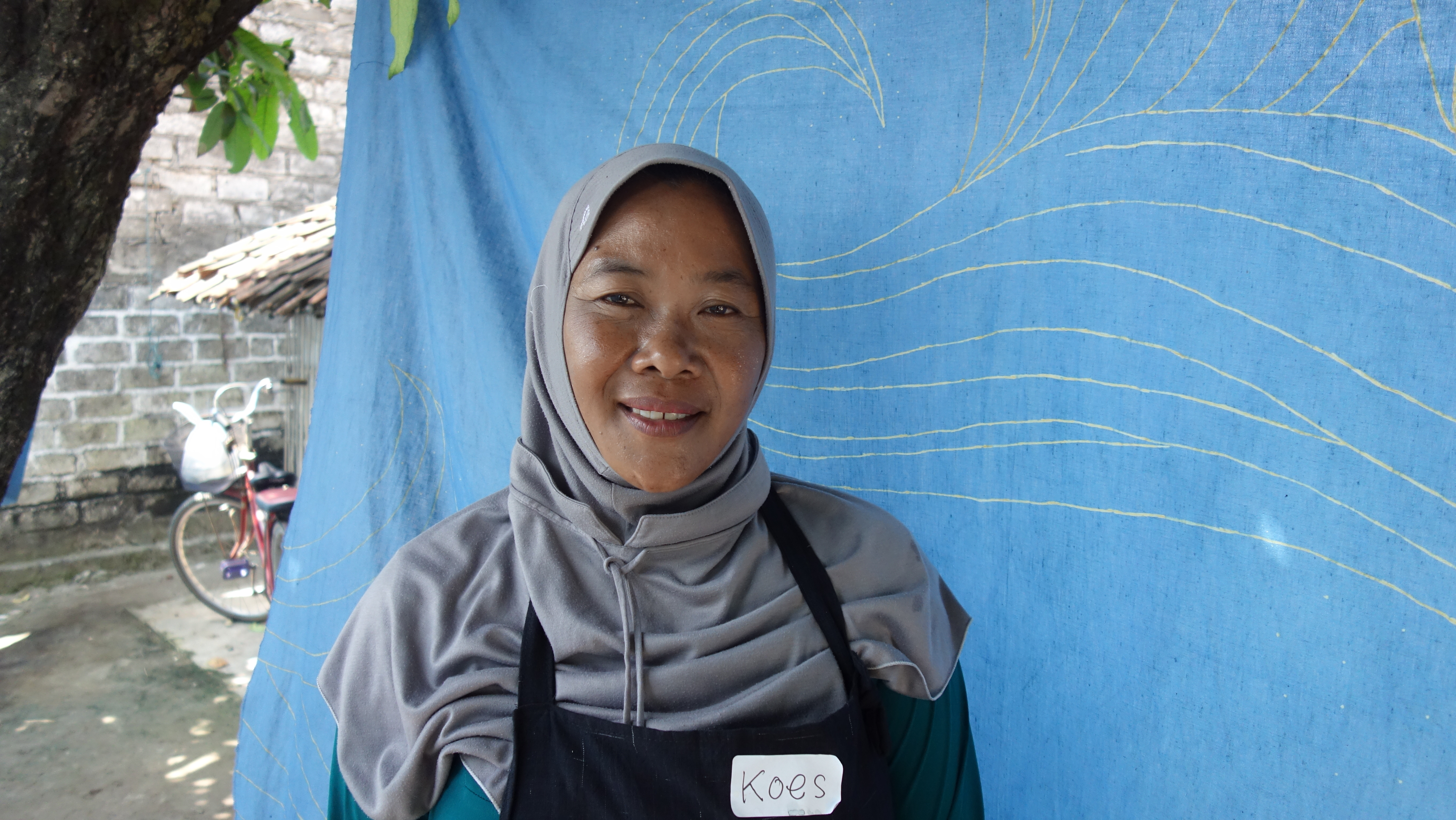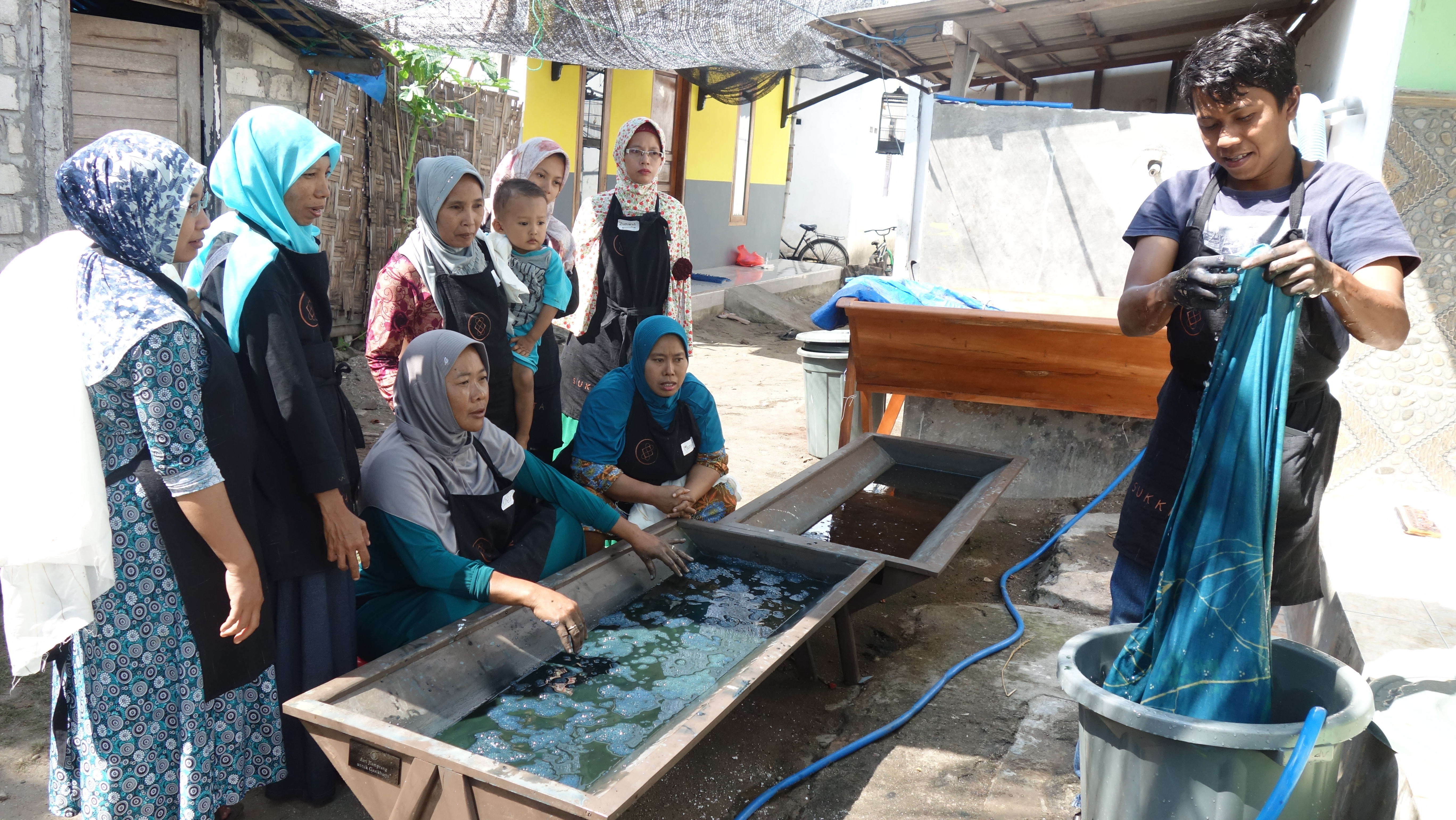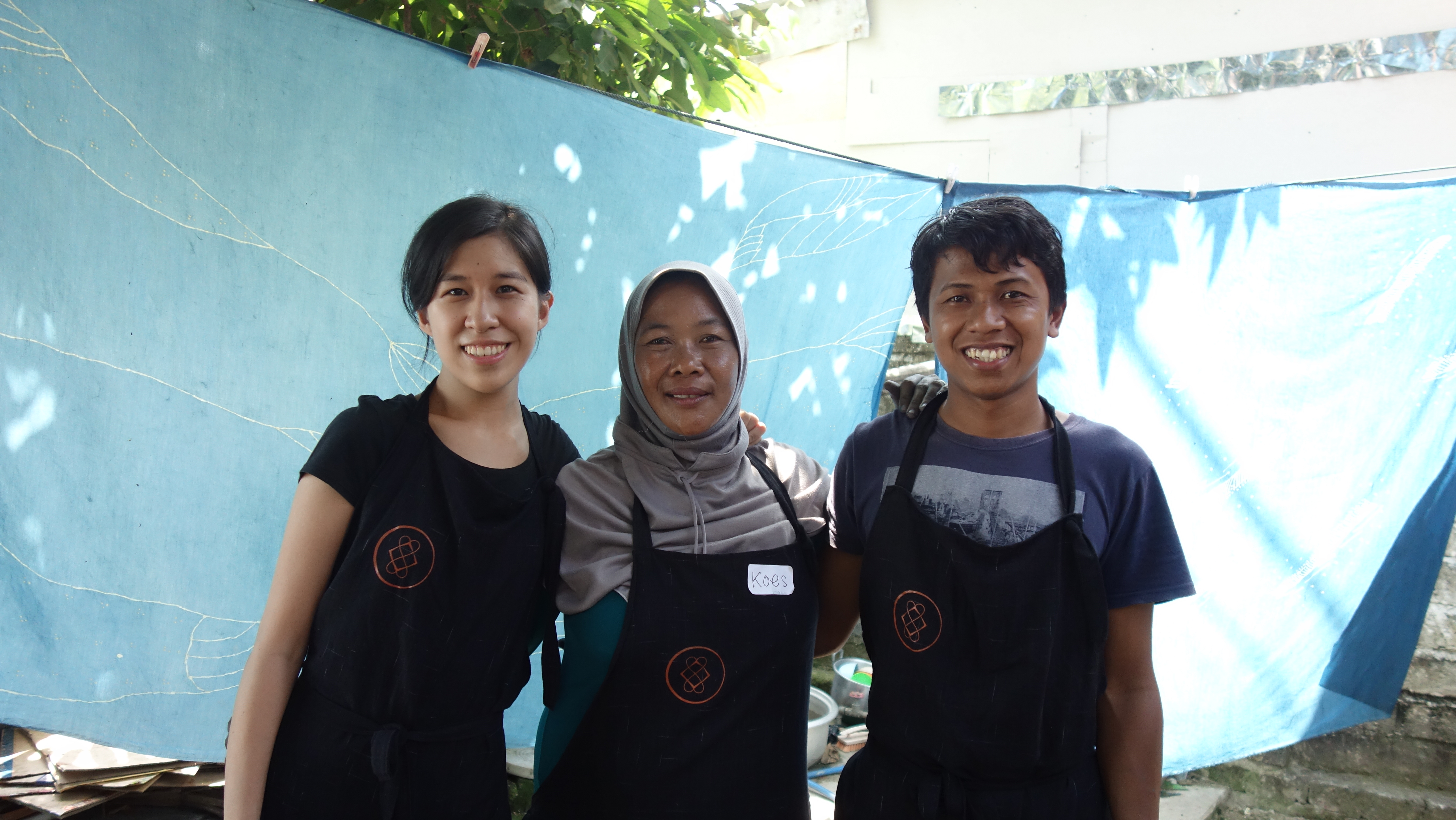
As one of Indonesia’s oldest traditional cloth, Batik has become well known in the international community. In 2009, Batik made to UNESCO’s list of Masterpiece of Oral and Intangible Heritage of Humanity and since then the government to be the National Batik Day. However, its popularity does not mean that the traditional batik is preserved. To meet the rising demand, Batik has been industrialized and mass-produced. Thus, many Batik producers have shifted from traditional handmade Batik to printing, which is faster and more profitable.
In today’s modern world that does everything instantly and increasingly fast, there is little place for slow-moving fashion such as the traditional handmade Batik. Consequently, the number of Batik artisans has been declining over the years. Many had left for new job opportunities, as being a Batik artist now can barely make ends meet. This could result in the disappearance of handmade Batik.
Ibu Kustini - one of Kopernik’s Wonder Women - is one of the few Batik artisans who still produces handmade Batik in Tuban, East Java. Her group of five Batik artisans is the only Batik group left in Gesikharjo village. With the launch of a new program, Kopernik - supported by ExxonMobil - is committed to providing business development assistance for Ibu Kustini’s small Batik business, creating new economic opportunities for Batik artisans in Tuban. At the same time, Kopernik aims to preserve traditional Batik practice by re-introducing the cloth into the market.
Ibu Kustini posing in front of her indigo-dyed batik (Photo credit: Ina Saptiono/Kopernik)
As part of the commitment, Kopernik is proud to partner with Sukkha Citta, a fashion retailer that aims to drive change for inclusive growth in the Indonesian craft industry. Sukkha Citta’s sustainable business practices made the partnership even smoother. With a shared goal of improving the livelihood of these five women by sustaining their Batik business, Kopernik and Sukkha Citta have joined hands to provide better market access and improve both the business and crafting skills of the Batik group.
In early August, as the first step in the mentoring and training program, we provide the women with natural dyeing training to enhance their crafts. Why natural dyes? Natural dye gives Batik a distinctive and unique color, hence no piece of Batik cloth will be exactly the same as others - unlike factory-made cloth. This means that the naturally-dyed Batik cloths can be sold at a much higher price than those that use chemical dyes.
A long time ago, Batik was made only with natural coloring as chemical dyes were not yet available then. But as the cloth became increasingly popular, Batik artisans added chemical compounds into their color dye mixture in order to ease the process and also produce a wider variety of colors. This chemically-added mix became vastly used in traditional Batik crafting, gradually pushing away the practice of natural dyeing that is now very difficult to find.
Thus, Ibu Kus herself never learned to make Batik with natural dyes. She used the chemically-added mixture for as long as she has been producing Batik, and only knew of the method when she experimented by herself. No knowledge about natural dyeing was ever handed down to her generation, which was why the training was such an eye-opener for Ibu Kustini and her group. The trainer from Sukkha Citta showed them how to create Batik with natural dyes step-by-step, and even tried new colors with the locally available resources around Gesikharjo.
“I was very nervous to try natural dyeing. I have tried it before and never quite worked it out. But today, with the new things we learned from Mas Ipul (the trainer), we successfully created beautiful colors - all natural!” said Ibu Kustini excitedly.
While producing a traditional batik cloth itself is already complicated, natural dyeing adds another layer of complexity to the craft as it takes a very long time to complete. The source of color — be it Soga or Mahoni wood, Jelawe shells or other natural sources — must first be boiled for three hours until the liquid turns into a solid color. The Batik cloth is then dipped into the liquid, dried, and then dipped again. This process alone needs to be repeated for four to five times.
Batik artisans participating in a hands-on training of natural dyeing (Photo credit: Ina Saptiono)
Ibu Divo, one Batik artist from Bojonegoro whose group was also supported by ExxonMobil, said that Batik artisans rarely produce naturally-dyed Batik because it takes significantly more effort and time. “We can produce up to five Batik in a week time with chemical dyeing, while for natural dyeing, we can only manage to make two or three,” stated Ibu Divo.
Furthermore, as discussed amongst the women, people in Tuban prefer the vivid colors from chemical coloring. However, the artisans said that they would be keen to produce naturally-dyed Batik if there was market demand for it. “I am willing to produce natural coloring, should people want to buy it,” said Ibu Sariyanti, who has been crafting Batik for 30 years.
Ibu Kustini (center) with Sukkha Citta founder, Denica Flesch (left)
(Photo credit: Ina Saptiono/Kopernik)
With the natural-dyed Batik, we hope to reach a bigger market and increase the value of Batik in order to support Ibu Kustini’s Batik group. Leveraging Sukkha Citta’s international network and an existing market of shoppers who value sustainable fashion, we are confident that Ibu Kustini’s Batik will be well-received. Our hope is that this new economic opportunity could encourage the Batik artisans to continue their work in preserving the traditional handmade Batik craft.
In the future, Ibu Kustini’s Batik group will continue to receive assistance from Kopernik and Sukkha Citta in order to produce high-quality naturally-dyed Batik and develop their business further.





